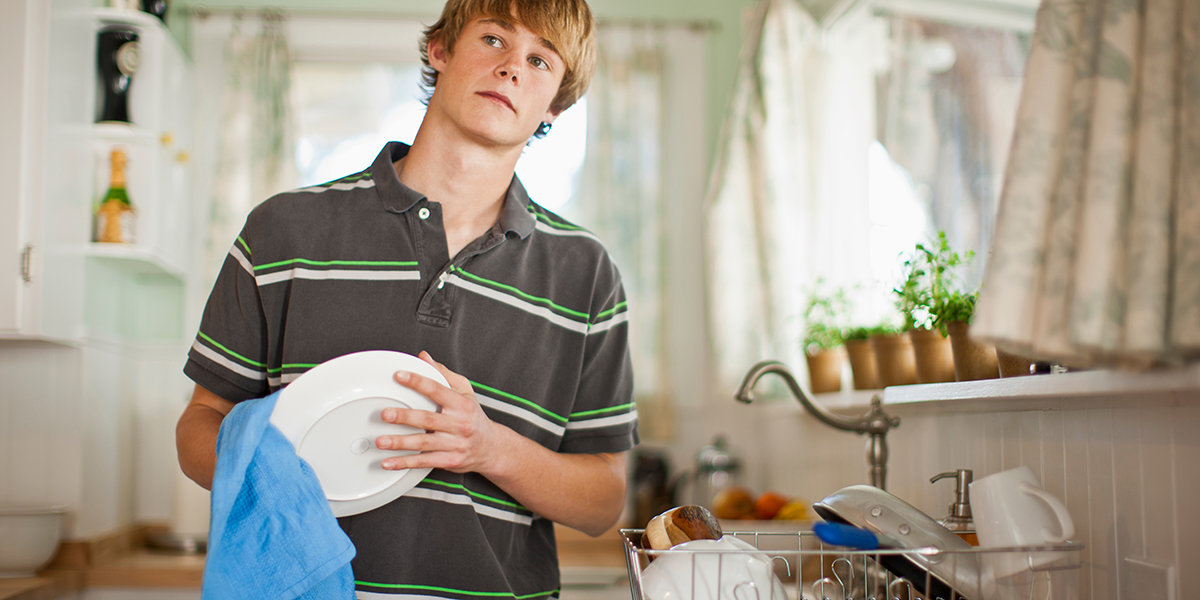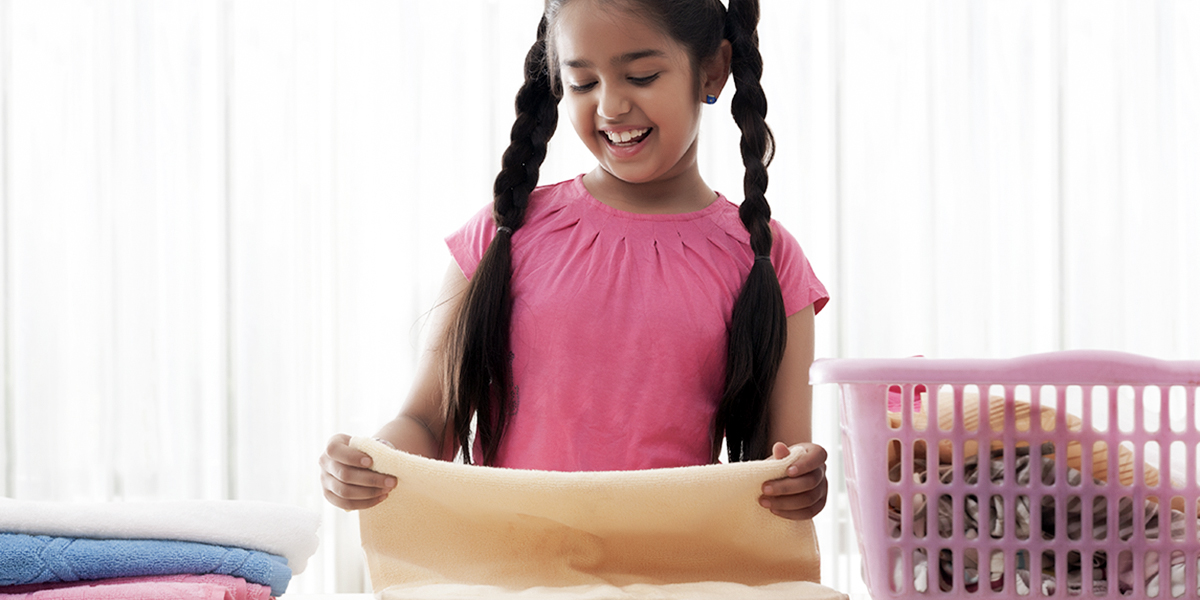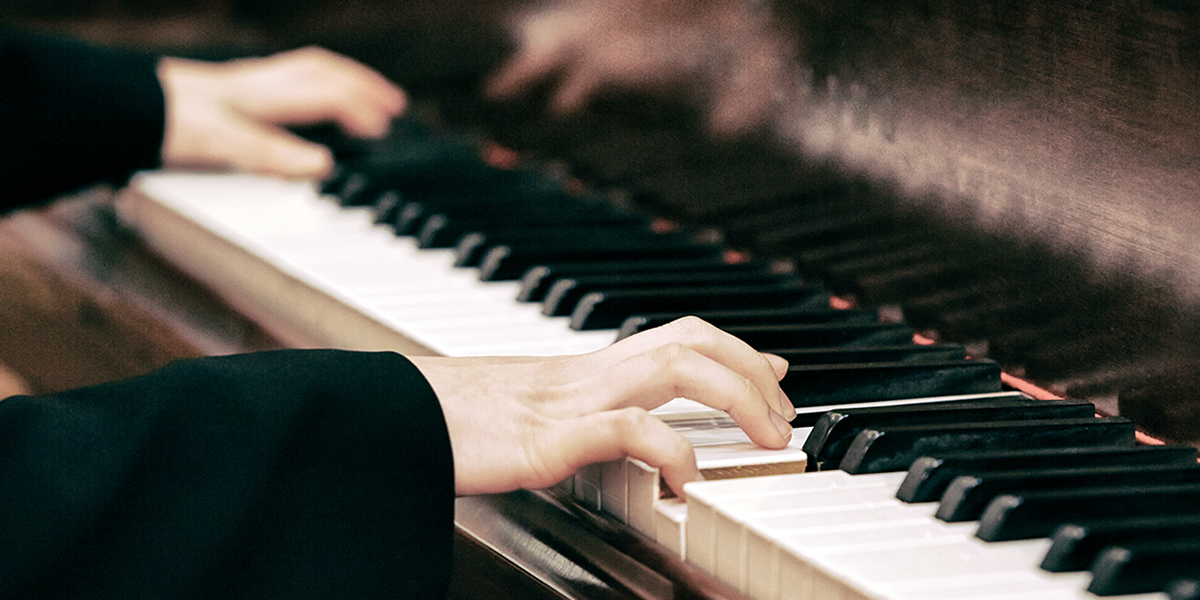“Whenever the moon and stars are set, whenever the wind is high …” My fifth son belts out “Windy Nights” by Robert Louis Stevenson while I wash dishes, because taking turns being my “study buddy” in the kitchen is all anyone knows around here. We’ve actually been combining dish washing with memorization work so long, I don’t think I’d know how to scrub a casserole pan without a little poetry to help me along. Besides, I really love the next line:
“All night long in the dark and wet, a man goes riding by …”
What imagery! This mysterious horseman has been clomping through my kitchen for over a decade now, because that’s when my own “personal pandemic” forced me to homeschool. We moved and my rural locale left me such limited options as far as school choice, I wound up teaching my kids at home (even though it was not my preference).
Ten years later, our family has grown to include seven sons, all of whom show me regularly that they’re fascinated with life and that they are learning how to learn. My far-from-perfect kids also consistently score above average on standardized tests, and my 16-year old son has the job of his dreams as a river raft guide (he also just started college this fall and is doing great!).
So did we “sink or swim” when we were “forced” to homeschool a decade ago? I’d say we’ve joyfully kept our heads above water. We’ve also had a lot of meaningful adventures along the way.

Read more:
12 of the funniest homeschooling memes
While I attribute most of our success to simply not having a TV in the living room — I dole out screen time sparingly, so my kids read a lot for fun – comic books, science magazines; sets of encyclopedias line the walls — our next most-prized homeschooling habit that we’ve honed is the one I described at the top of the page, where we pair one specific academic discipline (memorization work) with one specific household chore (washing dishes). I like to think of this as “dual-tasking.”
While a lot of the hacks below are easier with younger children, my teens are still sweet enough to humor me. Sometimes they’ll hammer out one of Longfellow’s poems while I’m loading the dishwasher just to make me laugh. But more often I see the Montessori-style “learning environment” tone of our home driving the choices they’re now making as young adults. I’ll catch my 14-year-old watching a history documentary or my 16-year-old studying Russian “just for fun.” In these proud moments I reflect on the days I was first “forced” to homeschool – and I bless them.
Here are our best dual-tasking hacks:
1Washing dishes = Memorization work
Listening to a child recite poetry / the times tables / Scripture / foreign language anytime I’m at the sink — or while they’re doing the dishes — is edifying, and I’m convinced it helps with memorization.

2Running errands in the van = Audiobooks time
Listening to prerecorded stories and discussing them has been incredibly helpful for my early readers. I heard (or read) ages ago that even toddlers who listen to audiobooks build their mental “word banks” – so later when they see a word on paper, they more easily can read it. While I can’t remember where I first learned of this insight (probably here or here), I can happily attest to the fact that even my 3-year-olds sit up straighter in their car seats when we listen to The Adventures of Frog and Toad in the van; it’s no surprise that this cherished book is always the first one they figure out how to read.
3Sweeping = Studying the posters that line the stairwell & hall
This academic discipline/chore combo my kids do completely on their own. So far the older four have memorized several human anatomy charts, geographical and astronomical maps, the popes back to St. Peter (well some of them), and all the US Presidents. I switch out the posters now and then to keep things interesting.
4Folding laundry = Early reading instruction
Believe me, phonics practice makes pairing socks so much less tedious. (Or maybe it’s the other way around.)

5Taking walks = Nature study
Okay, this isn’t “housework,” but regular exercise leads to a happy home. Not to mention, right outside your door the variety of scientific specimens are endless – rocks (and bright pink worms hiding beneath them), insects, mosses, flowers, trees, clouds …
6Potty training = Singing ABC’s & Counting to 100
This is obviously for little ones, and it really helps if they can stare at a corresponding wall chart.
7Meal prep = Play mom a new song on the piano
… and it better be good!

8Eating meals = Geography work
Who doesn’t love staring at maps over supper? My kids have learned a a lot of world geography over soup and spaghetti.

Read more:
New to homeschooling? Here’s how to troubleshoot 3 common problems

